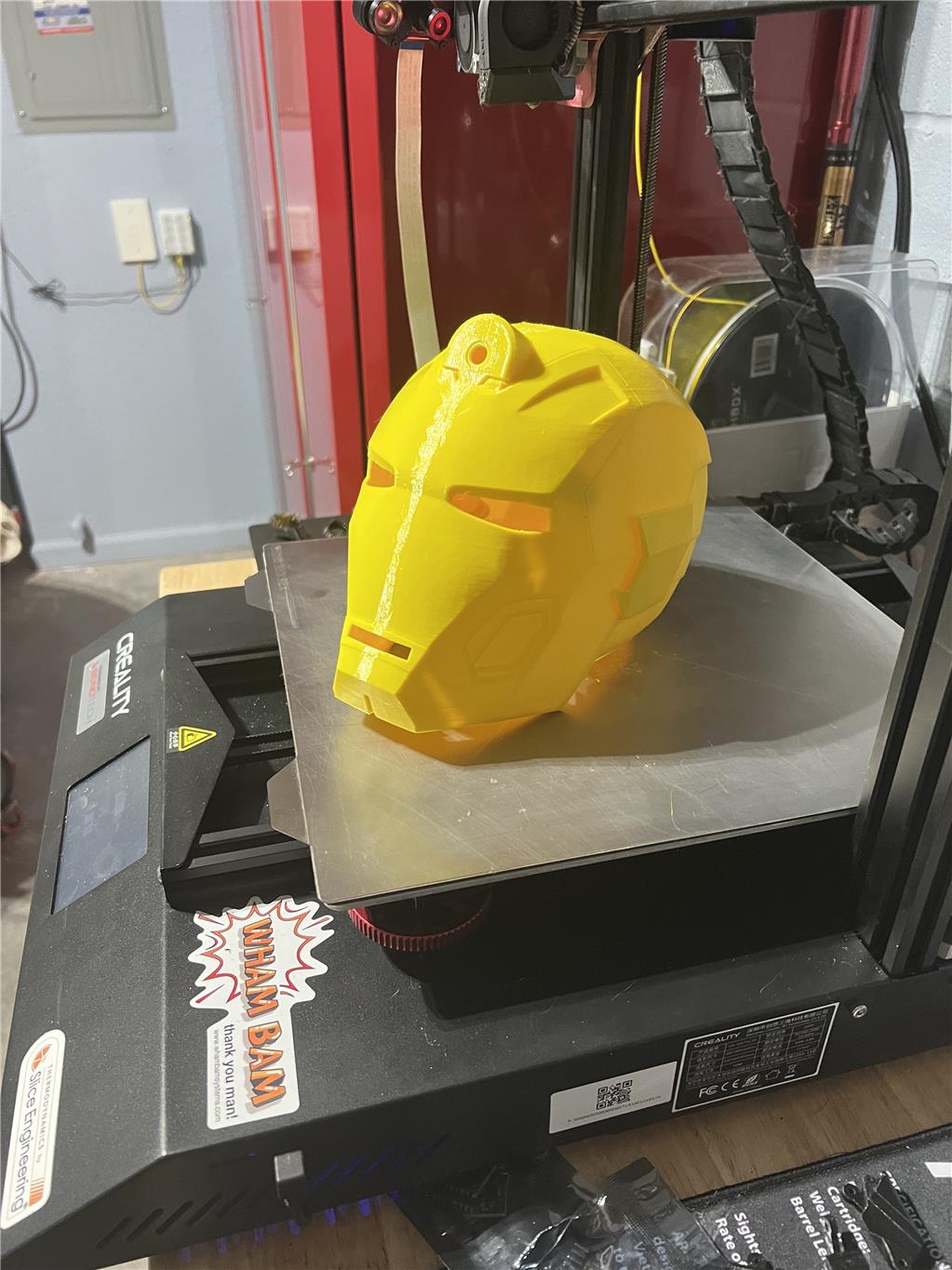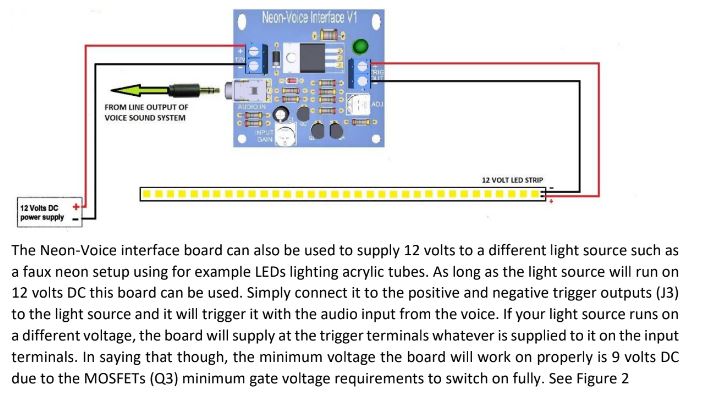smiller29
Can The Iotiny Be Made Into An Openai Chatbot Connected To ARC?
Can the IoTiny be made into an OpenAI Chatbot connected to ARC? My thought is yes based on everything I have seen on this site so far but I still have a few questions I hope can be answered.
Goal is the following: Make a Robot head using the IoTiny connected to ARC over wifi with a EZ Robot camera attached to it and a speaker for audio out. Two 3V LED’s connected to the ADC ports to make the eyes light up and some type of LED/RGB setup for the mouth to to come on this.
I want to use the following skills
- Openai Chatbot robot skill with audio out going to the speaker on the IoTiny.
- Bing Speech recognition robot skills taking audio commands from a headset to the ARC PC.
- Camera Cognitive skills
Here are a few of the questions I have
Does the IoTiny speaker out need to have and audio Amp added to it like stated by Jeremie "There is no DAC breakout on the IoTiny but you can solder to the left side of C11 if you'd like to run the audio to your own amplified circuit. Or can your just add a TDA2030A Audio Amplifier Module to the existing speaker pins?
For the mouth I want to be able to do something like the following on the IoTiny also.
Check out the following video: https://www.youtube.com/shorts/M9N4cfYbx5A
This is a project Derek Levesque and what he used was MAX7219 Dot Matrix Module 32x8 4 in 1 LED Display Modules for Arduino Raspberry Pi Microcontroller with 5Pin Wires and then created some nodejs/raspberry pi (ubuntu) code like the following. It looks like I would need to EZ-Robot I2c 8x8 RGB module the question I have is there a way of programming it to do the same type of thing based on the OpenAI’s Response?
So DJ/Jeremie or anyone else, I would love to hear your comments.


Dave thanks for the information I will take a look.
Hi Steve, For my inmoov I used a tiny with a 2" 2-ohm speaker. I was amazed at the volume and quality. I printed a small enclosure for it that fit into my inmoov head. If I can ask, why do you want to use a Mega? Do you have plans to expand. Everything you are looking for can be accomplished with just the Tiny plus it has wi-fi access already built in. For lighting I like the neopixel rings, There is a control here for them.
Hey Dave, I wouldn't mind looking into getting one of those boards too, sounds very interesting. I tried the links above but all I get is "unsecure web site".
@Dave I also am having the same issue with the website.
@Perry_S. In this project I have 40+ servos to manage and currently one Seeed Studio XIAO&6050MPU I need to connect to a serial port on the Mega to send XYZ data. The original plan was not to use ARC at all and just code everything and build a Bluetooth controller to operate the robot.
The real goal of this project is to get the robot walking and stable. But looking forward If that can be done then I would also like it to do more and ARC would make that easier in the long run. So currently the plan is to put the IoTiny in the head, with camera, a speaker and Seeed Studio XIAO & Mic to make the mouth work. This will all be connected to ARC to support the OpenAI, Speech, and Camera skills.
The Mega is going to be the main logic for movement control. The plan is to use inverse kinematics formulas to develop the walking gait need. All of the other servos will be connect to a 32 port RTRobot board and the Mega will send the commands to it also by Serial port. So I need the three serial ports on the Mega. Because this guy is only like 4ft tall he does not have a lot of room for electronics and batteries. We designing an added backpack to try and put stuff in there. Anyway I hope that helps to give you more of an idea.
Note I always love to here other ways of doing stuff because this is still very new to me only being a year into this hobby.
I think the mega is suitable but I’d probably consider only one wifi point and a wired network across all other arduinos. Implemented like the stepper motor robot skill.
You don’t need them all to be Megas. Just connected together with one long serial network.
as for the mega controlling the legs, write a bit of code that uses an imu to maintain an inverted pendulum (there’s example code in the balance robot on here). Once you do that, create a few functions in the mega that have to robot walk. Finally, have those functions triggered by arc
you don’t want to offload the balancing act to ARC or any external processing (like a computer). You need the balancing to be a tight loop on the microcontroller - without exception. The time between measuring the sensor and adjusting the servos needs to be as low as possible. And I mean low. Like a millisecond or 2 - not over wifi or serial. It needs to be on the microcontroller.
I really think this voice interface board is a wonderful tool to use when you want to sync a flash from any kind of light source to an audio source. It's inexpensive, small, reliable, easy to use and well made.
Here's the response I got from Steve last night when I asked him about using this board with LED's and not being triggered by a transformer linked to a neon:
So, if you are still having trouble getting into his vendor page on the B9 Robot Builders website I'll post the most pertinent info and links below:Contact: Steve Neal Email for questions or to order: [email protected]
Ordering: The Neon-Voice Interface Board V1 can be ordered as a fully assembled completed board ready to plug in and enjoy. It comes with detailed easy to follow instructions complete with clear diagrams to make connecting to your robot a breeze. For the more adventitious, the board can be supplied as a kit you build yourself. It comes complete with the Neon Voice Interface V1 blank board, all the components required, easy to follow assembly and connection instructions and of course, diagrams. Each component will be labeled with a designator number that corresponds to the footprint labels on the board.
Price: Fully Assembled: $35 Assemble Your Self Kit: $21
Here is the power circuit. Remember to adjust the output voltage with the proper value resistor if your light source is rated for less then the input voltage:

There are many ways to connect a sound system. Steve supplies many diagrams to assist. Here is one that may make the most sense for robots using one sound source:DJ, I was going to try to connect the Mega to the Iotiny's Wifi AP as a client if I can and have the Seeed's hardwired to the Mega. I was wanting to build out the EZB mega firmware to basically do what you are talking about. But first I need to get the Wifi stuff worked out in the firmware. I have to tell you this Xbee ESP8266 and Mega setup has been a challenge understanding where and how to program it it looks like some code needs to go in the xbee and some in the mega but I can't seen to figure it out yet but I will get there I hope. LOL
@Dave, that is cool but I need to be at less voltage the method Herr Ball provided basically does the same thing so I am going to go down that path because it looks kind of straight forward. I ordered the supplies to give it a try anyway... Time will tell if it works as planned.